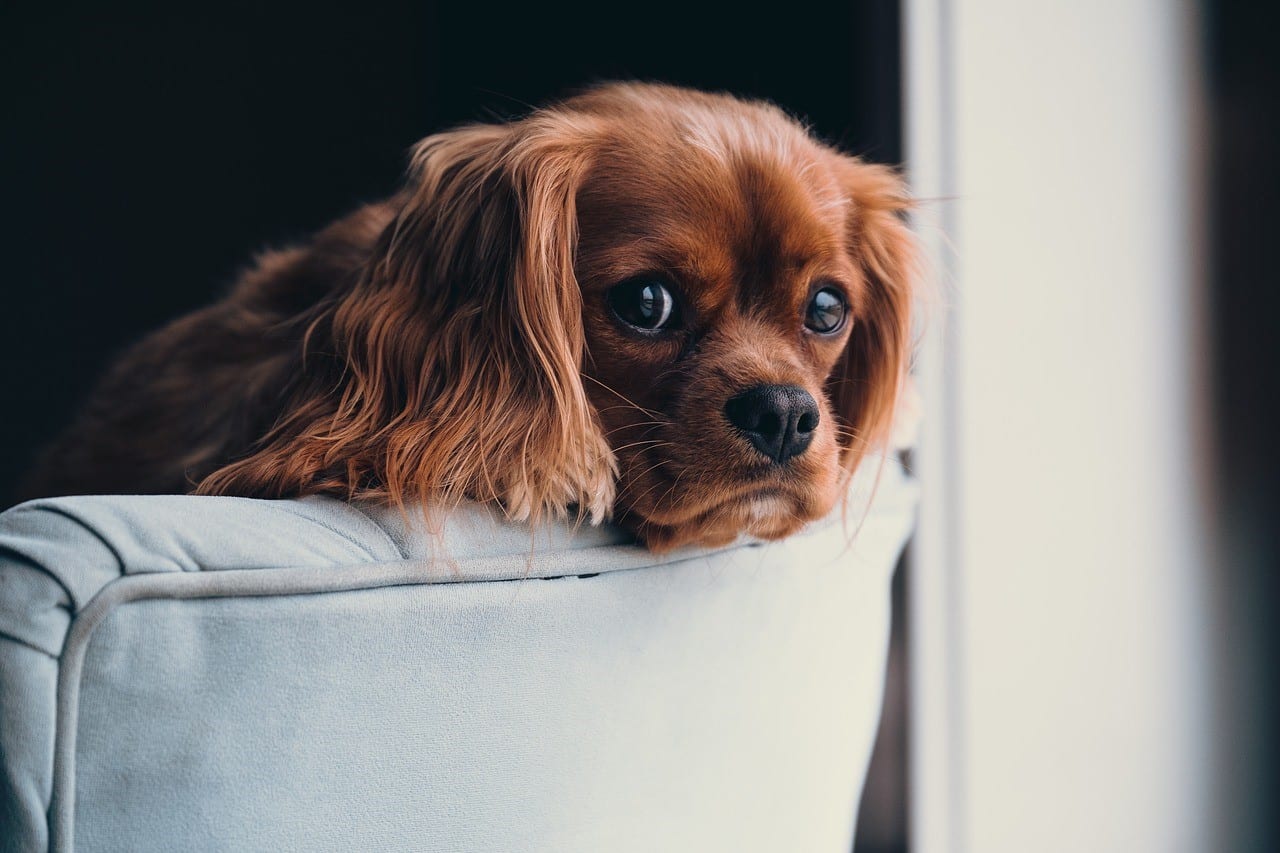
Moving is a time of transition for the whole family, but it’s easy to forget that our furry friends need special attention during this chaotic time. Dogs are territorial. When they find themselves in a new and strange environment, it can cause them stress. All of this can be avoided by taking a few precautions during and after the move.
There is much to be done after moving day. The new house is probably filled with scattered boxes, new furniture, and a whole lot of chaos. This can cause anxiety in dogs, which can lead to bad behavior, disorientation, and the urge to run away. Keeping your dog safe and secure in his new home is key to a successful transition. If you have a very nervous dog or are especially concerned about their safety on moving day, look into hiring a pet sitter to keep a watchful eye on your pooch so you know they’re safe and sound in the midst of everything.
Key Safety Tips
Keep the tags on. Even if your dog is inside your home and yard, keep his collar on. If he runs away or gets loose, a collar can make him easier to find and alert people that he belongs to someone.
Examine the territory. One of the first actions you should take to keep your dog safe after a move is to inspect the yard. Make sure there is no way for your dog to escape via any loose or broken fencing. If you don’t have a fence or the existing one is in bad shape, consider installing a new one that will protect your dog and block his view of the neighborhood. A solid fence can reduce alarm barking by reducing the number of stimuli he is exposed to, and installing a wooden fence is an inexpensive way to curb his anxiety. According to HomeAdvisor, installing a wood fence runs about $1,550 to $3,366 in Greensboro, and it’s a great way to keep dogs safe.
Easing the Transition
Keep routines. Chances are that the move will shift old routines around at least a little, but holding on to some can give your dog a sense of familiarity. For example, keep feeding times the same and walking schedules as similar as possible.
Create safe spaces. Your dog will slowly become acclimated to your new environment, but until then, one way to help him feel comfortable is by setting up a safe space. It might be tempting to go and buy new things, but it is best to hold off for a few weeks. The Bark Magazine highlights the importance of familiar smells to a dog, and notes that bringing their doggy bed, toys, and blankets is a great way to ease the transition.
Shower them with love. A little attention can go a long way to help your dog adapt. Playing with him for a few minutes a day and giving him plenty of attention will make him feel safe and comfortable.
Take it slow. As the Spruce advises, your dog will need some time to adjust to the many different aspects of his new life. If possible, try not to leave him alone for long periods of time right away. When taking him for a walk in the new neighborhood, try to do it slowly. This way, they are introduced to the new dogs, neighbors, smells, and surroundings in an incremental way and are not overwhelmed.
Look for signs of stress. If your dog is showing outward signs of stress like loss of appetite, diarrhea, or excessive chewing, make sure to take note. There are products that can help, like calming tablets (these can be purchased on Amazon). Looking for these signs and giving added attention can help reverse nervous behavior and get him back to normal.
Taking a few precautions after the move will save you headaches and your dog unnecessary stress. Within a few weeks, your dog will be back to his normal self and begin to feel at home in the new house. Moving into a new home is a time for new adventures and memories. With a little attention and love, your dog will soon be ready to take part.
Photo Credit: Pixabay





